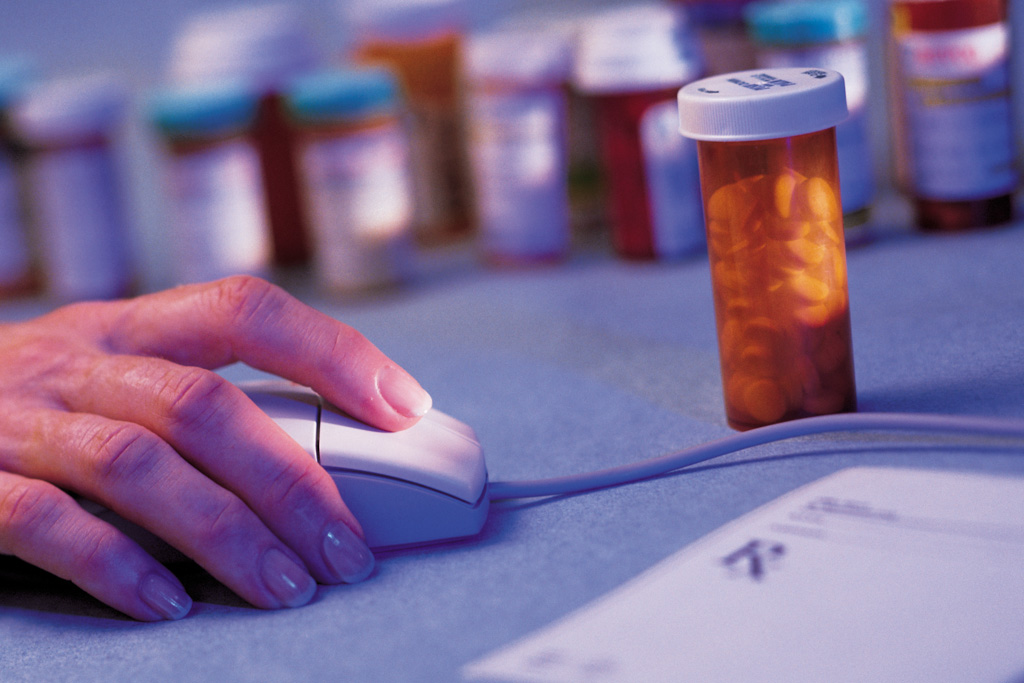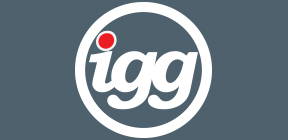The pharmaceutical industry is among the most strictly controlled and regulated industries in the world. For each e-marketing specialist it requires dozens of specialist lawyers and regulatory professionals to check every word or statement made online or offline.
Therefore we would subdivide the e-marketing strategies into following categories:
1. Non-prescription drugs (so called “supermarket pharmacy”) sold online to a consumer. It is a very limited field and includes products like antacids, Aspirin, plasters, etc.
2. Prescription drugs. These can not be sold online to members of the general public. And all professionals agree with this. First of all, prescription drugs are called prescription because a medical professional should assess the condition in full, making the decision for the patient.
There is a market that takes advantage of different sets of prescription or non-prescription drug regulations worldwide and different prescribing conditions. However, this is not considered real pharma e-marketing as it has very limited set on offer – mostly ED drugs, antidepressants, painkillers and sometimes antibiotics.
3. B2B wholesale.Here is where the real eCommerce starts. Not many pharma companies are getting involved in B2B eCommerce, even at this stage, and prefer to work through distributors. Marketing materials are usually provided by the manufacturer with distributors pushing them forward.
4. Governmental level pharma e.g. vaccines, diabetes drugs (insulin), anti-hypertension, etc. Not much e-marketing here, most contracts are long time and established.
5. API market. API (active pharmaceutical ingredients) is actually a base for a drug which is then being post-processed and made into a final product. (Like in an omeprazole tablet weighing 1 gram, only 20 mg is omeprazole API itself. The rest is a “ballast.”) This is the most thriving and dynamic section of pharma Market where the e-marketing development is an absolute must. Strictly B2B.
6. R&D market. Almost the same as the API market, but less volumes involved and deals mostly with new developments.
Can/will pharma sites sell direct to consumer? What kind of “channel conflict” exists?
Non-prescription drugs, yes, no problem. But, as I said, if someone has a headache it’s much easier to find a 24/7 shop and not wait for a delivery.
Prescription drugs ? NO. There is a possible exception but it’s not easy to implement. General Practitioners / Family Doctors could be given a “secure key” (like file stored on their computer or other sort of authentication) so they could “authorize” a purchase by a patient. But it still involves extra waiting time, which, sometimes is too precious.
There is no “channel conflict” for legal sites as they mostly get stock using the same distributors. For the “gray area” sites it could be a patent / distributor / exclusivity conflict.

Can/will pharma sites sell direct to consumer? What kind of “channel conflict” exists?
Non-prescription drugs, yes, no problem. But, as I said, if someone has a headache it’s much easier to find a 24/7 shop and not wait for a delivery.
Prescription drugs ? NO. There is a possible exception but it’s not easy to implement. General Practitioners / Family Doctors could be given a “secure key” (like file stored on their computer or other sort of authentication) so they could “authorize” a purchase by a patient. But it still involves extra waiting time, which, sometimes is too precious.
There is no “channel conflict” for legal sites as they mostly get stock using the same distributors. For the “gray area” sites it could be a patent/distributor/exclusivity conflict.
What are the major barriers for pharma in entering ecommerce [both B2B and B2C]? (legal, shipping, security, sales force restrictions etc).
For B2C ? legal, non-efficiency (e.g. waiting time).
For B2B ? lack of specialists, lack of understanding of e-marketing benefits, general e-marketing strategies not working in pharma, etc.
How do pharmaceutical companies take orders from mom and pop drugstores all the way to the Walmarts and Walgreens’ of the world?
Big stores and chains are not very active in this area and prefer to work through the existing channels on all products. Smaller stores in order to compete are turning to the ‘Net. Some might use classic ecommerce system cart-order-payment-delivery, others looking for supplier and then making direct contact.
Is there a trend for pharma to push B2B orders online? What drives this trend?
There is no other choice. New “generic” manufacturers are the main force behind this trend. Generic companies are actually the most interested parties in the whole pharma e-marketing and ecommerce situation. Without great visibility provided by the Internet they don’t have a chance to push products forward. Lack of pharma e-marketing and ecommerce professionals is probably one of the most serious obstacles in this situation.
What particular ecommerce platform features are necessary for B2B sales? (Price lists, multiple ship-to addresses, etc)
For B2B it should be payment flexibility. B2B is not based on credit card payment and invoicing is preferred. Therefore a dedicated account manager is often the only option. Orders can be placed online (even paid for, if preferred). But the closest thing in this situation is the B2B computer market, where there is always an option to get a contract, shipping schedule, after sale support, etc.
For the API market, it doesn’t work. API is closer to the chemical market where pricing is not usually fixed and the entire system works through the usual enquiry-order-invoice scenario. This requires much effort from sales and technical people to finalize the deal.
(Source: B2B Ecommerce and the Pharmaceutical Industry – Linda Bustos – November, 2009)





